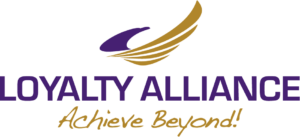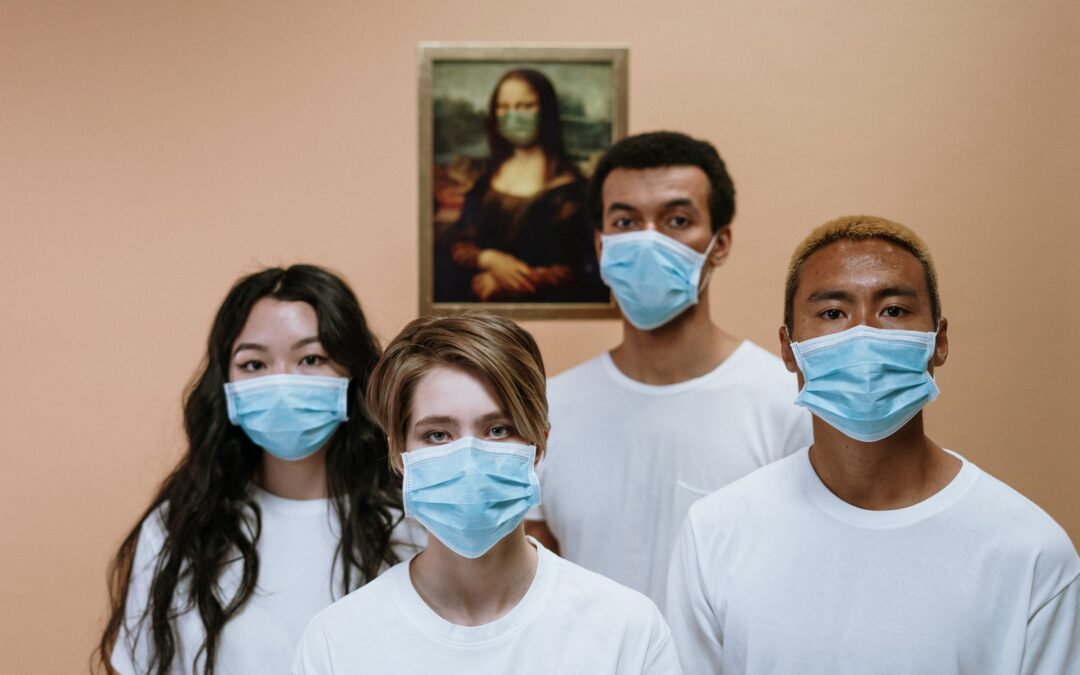Stepping outside the foray of opinions, which may or may not be based on expertise, allows for observational considerations.
During the pre-Covid period of healthcare, we have been faced with occasional medical priorities, having a limited yet significant impact on the needs of affected individuals, but generally not resulting in global social changes in our lifestyles, social interactions, and interpersonal behaviors. A mutating and continuously changing form of a coronavirus class respiratory pathogen has influenced the management of infectious illness in both direct and indirect manners.
Before the “COVID” term was known to the world, few even knew what a coronavirus was or that it was one of the multiple causes of annual respiratory tract infections. It is incredible that if you asked elementary students to draw a picture of the virus, they could easily do so, representing the round virus particle and spike protein extensions. It is equally impressive that many of us have home tests to diagnose infections using antigen-sensing technologies not previously available rapidly.
The pandemic has required us to isolate, take preventative measures such as mask-wearing and enhanced hygienic behaviors, and limit our exposures outside our immediate family. Outside of healthcare workers, very few had even heard of an N95 mask. Gloves, gowns, and masks harkened back to images of the bubonic plague and the Spanish Influenza when the only way to deal with public health emergencies was to avoid transmission. The observation that during the two-to-three-year period of enhanced respiratory precautions, there were deficient levels of seasonal respiratory infections like influenza, respiratory syncytial virus or RSV, rhino/enterovirus, and adenovirus was only expected to say the least. When people are not intermingling socially or in schools and are wearing masks and constantly cleaning their hands and surfaces, they are employing basic public health measures to mitigate disease transmission regardless of its nature. Our immune system responses to illness are exquisite in responsiveness and adaptability. However, it can be diluted with time and decrease its effectiveness.
Over the past three years, we have had reduced exposure to these respiratory pathogens, which typically remind our immune system that they still represent threats to our health. YET, we are amazed at how many adults and children are afflicted with infectious agents this fall and how the doctor’s offices, Urgent Care Centers, Emergency Rooms, and hospitals are now overwhelmed. We have dealt with these illnesses for many years, but the difference now is that more individuals are immunologically vulnerable.
Additionally, COVID variants continue to evolve, which we “chase” with new versions of vaccines, which are being fabricated after the fact. I agree that we cannot still prevent initial rhino-pharyngeal infection with a nasal form of a vaccine directed towards primary infection. Fortunately, the currently utilized mRNA-based vaccines have effectively prevented systemic risk severity. However, these, too, are limited in their application due to misinformation or acceptance or availability in some parts of our world.
Using general, effective isolation and hygienic methods such as masking, contact avoidance or limitations, and diligent personal hygiene would make a tremendous difference this season. However, we are also suffering from mandate fatigue, conspiratorial beliefs, and a need to return to what we remember as normalcy. So in the meantime, healthcare workers at all levels will continue to care for those in need, adjust to the healthcare requirements of those who are ill, and persevere as professionals do. I hope their efforts are recognized, appreciated, and never taken for granted.
To isolate or not isolate. That is the question. What do you think?
- A Physician’s Thoughts on the Benefits of Isolationism - November 18, 2022
- A Pediatrician’s Day: Reflecting on Emotional Challenges - April 21, 2022
- On The Power of Doing Good - March 17, 2022

